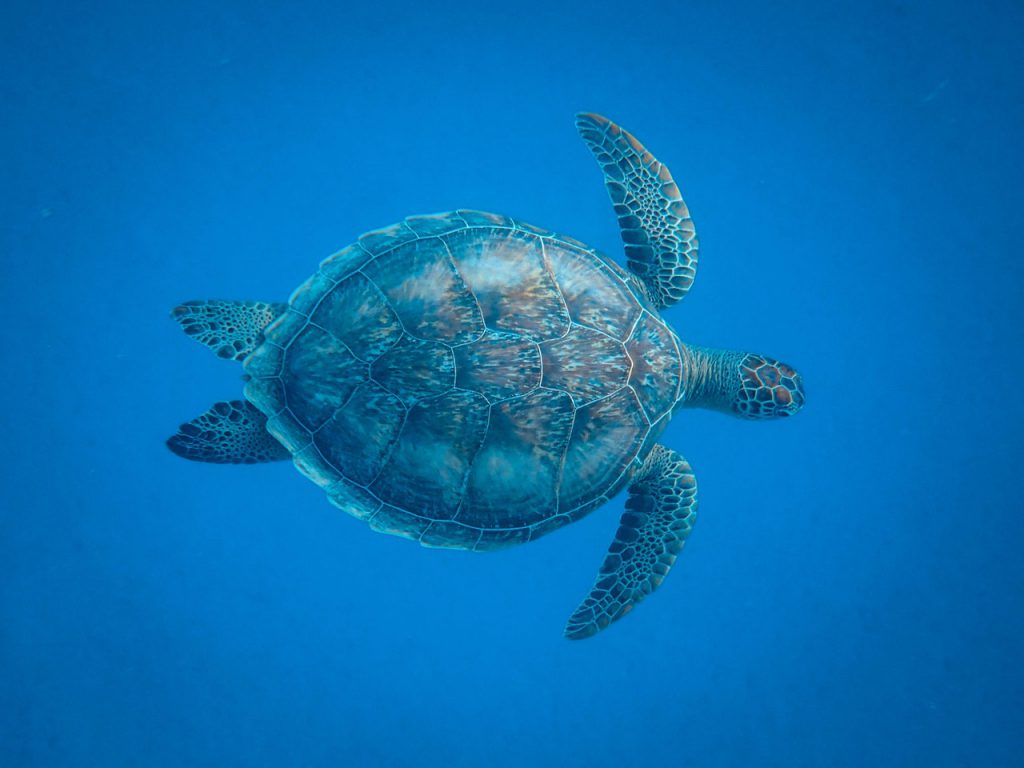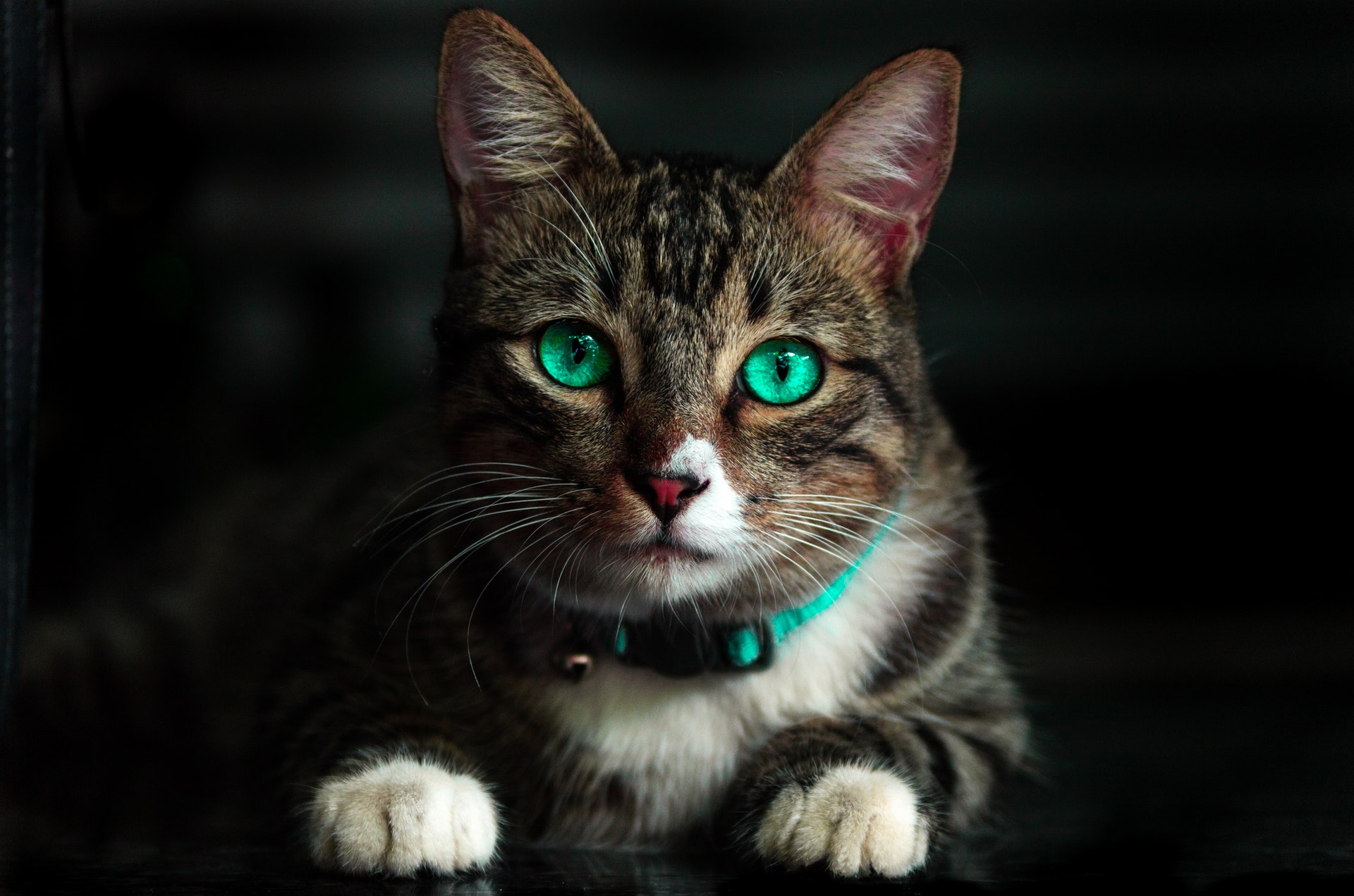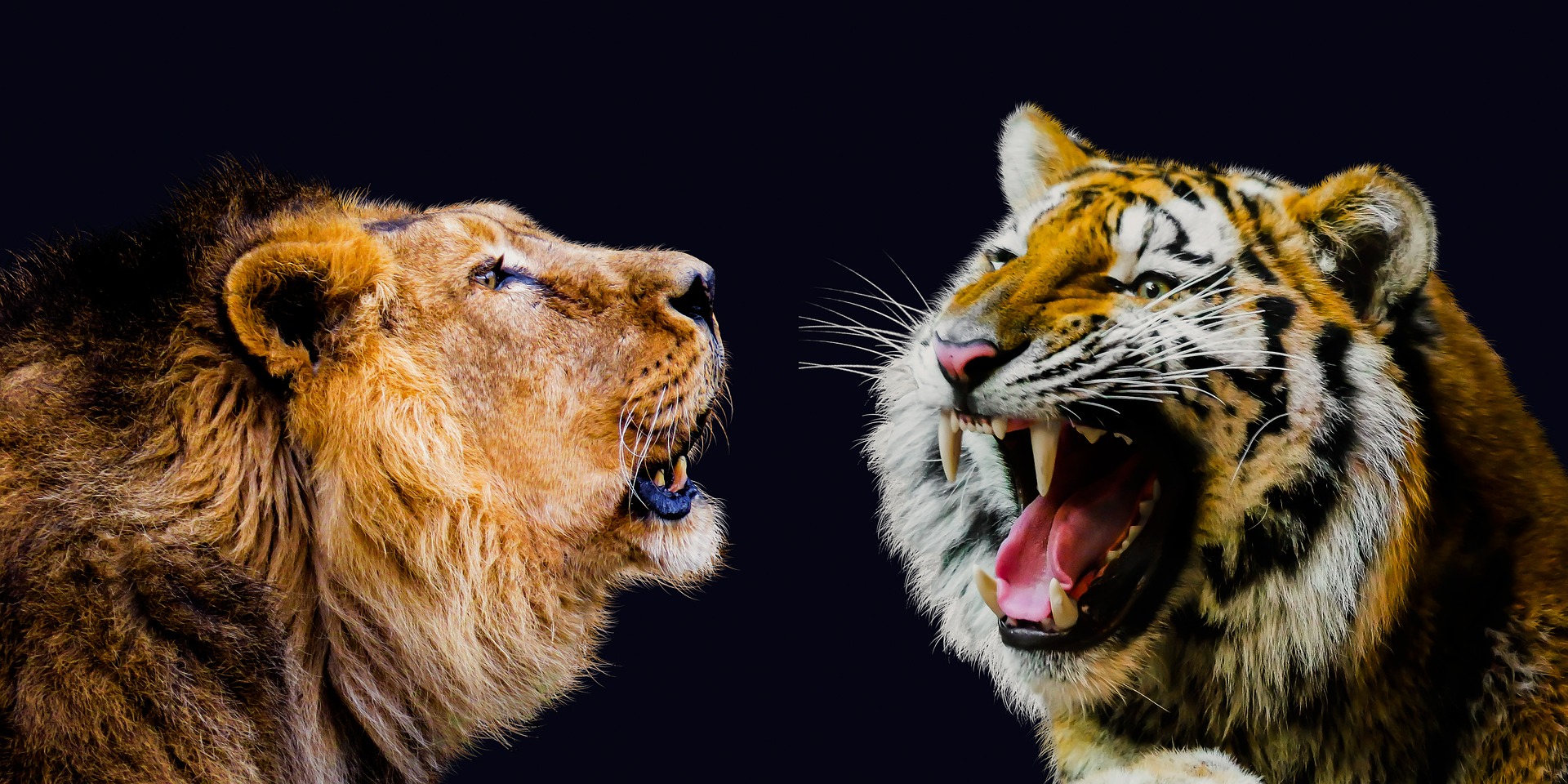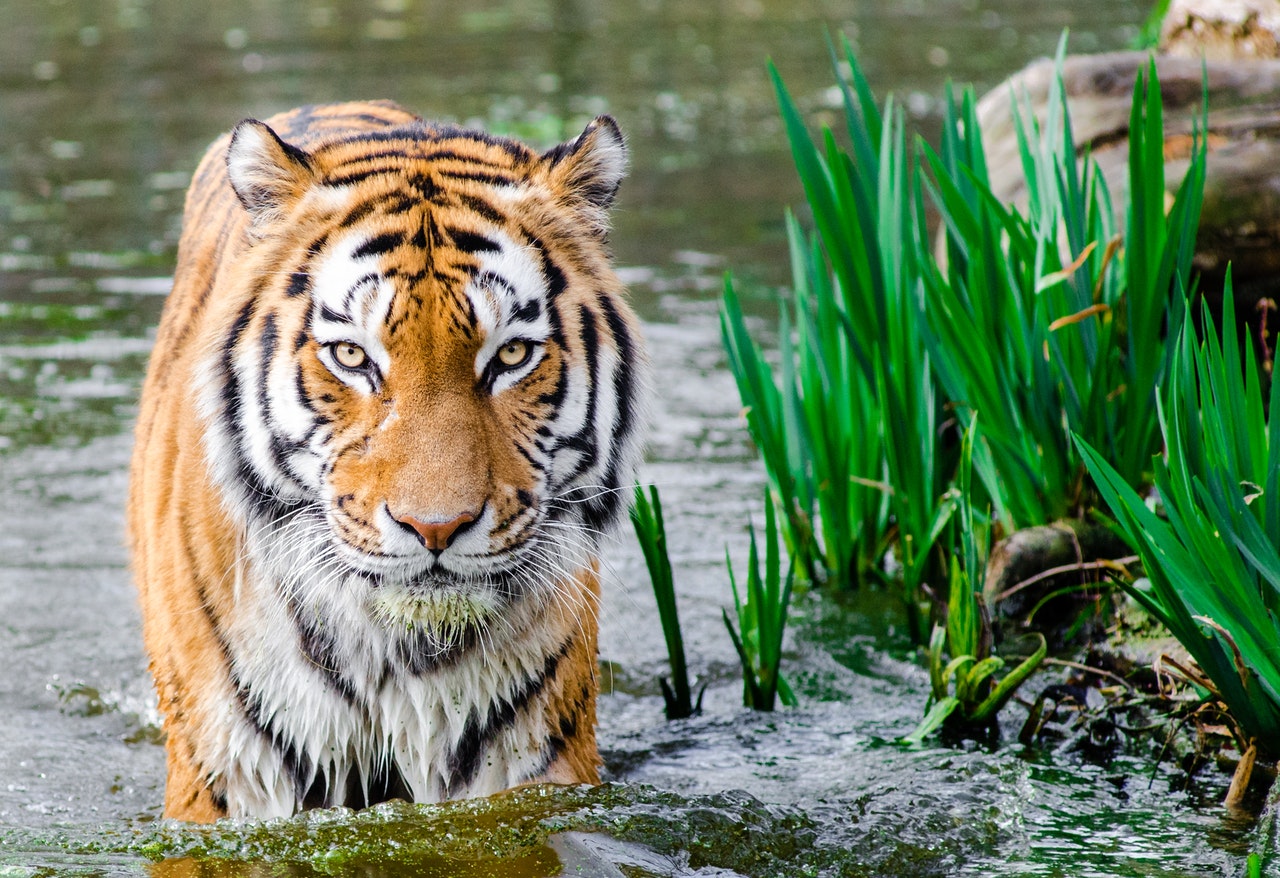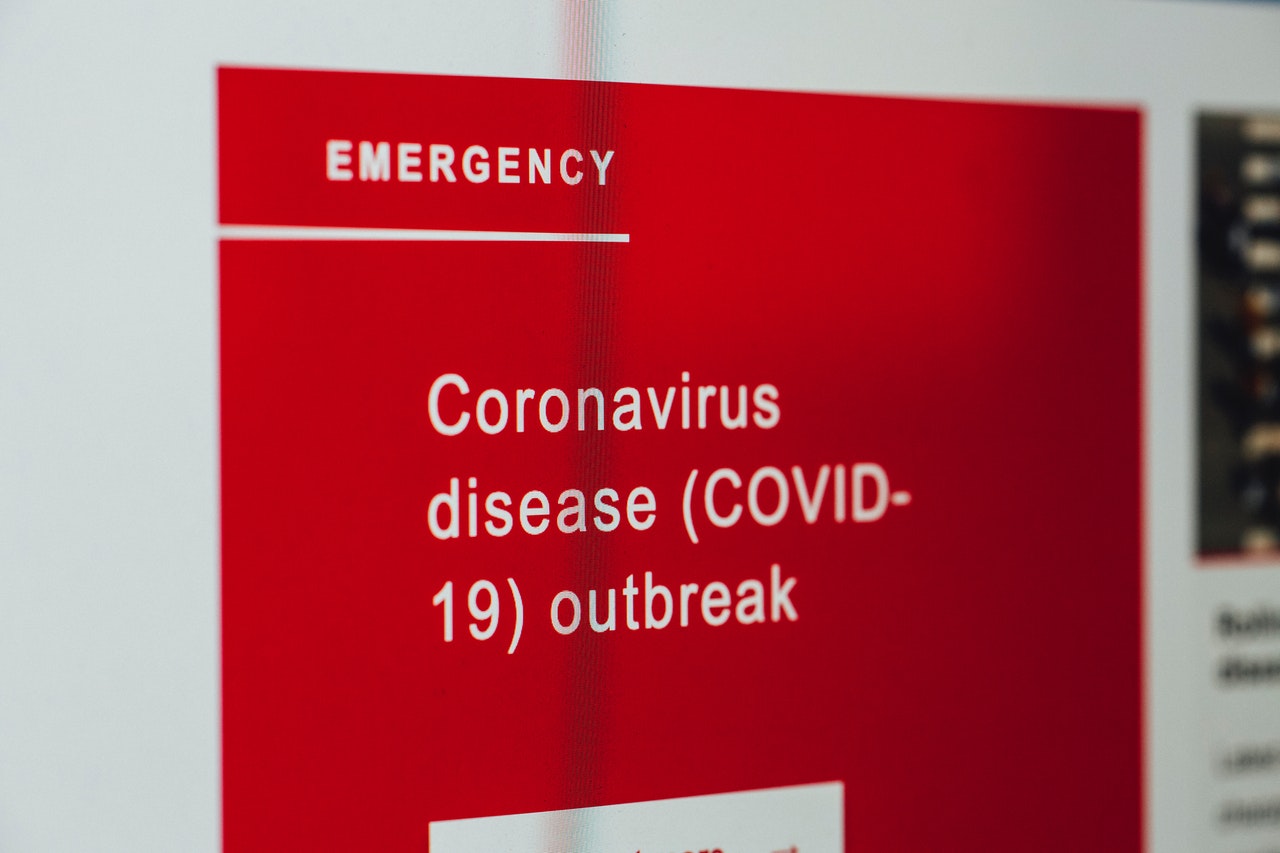Reading Time: 2 minutes
- All living beings have hundreds of chemical reactions continuously happening inside their bodies; these chemical reactions put together are called metabolism.
- Metabolism comprises two kinds of chemical reactions: catabolic reactions produce energy (breaking down food), while anabolic reactions consume energy (division or regeneration of cells, breathing, keeping the heart beating, etc.).
- The amount of energy that a given body needs depends upon the rate at which chemical reactions occur; this rate is called the metabolic rate.
- Different species have different metabolic rates, and faster rates have been found to be associated with shorter lifespans in animalsIt is ongoing research, and while a connection between metabolic rates & lifespans has been found in animals, evidence for this association in humans is limited. & slower rates with longer lifespans; e.g., the lifespan of 100+ years of a giant tortoise is attributed to slow metabolic rate.
- This may be because metabolism, while necessary, also has a negative outcome: it leads to oxidative stress (this is what antioxidants protect us against) inside the body that causes damage to the body cells.
- The difference in metabolic rates (fast or slow) depends on factors such as environment and size, which put evolutionary pressures on animals to adapt.
- E.g., for living beings, which are continually exposed to freezing temperaturesWhile the cold environment leads to slower metabolic rate and lower heartbeat rate, it doesn’t mean by living in colder environments, we can increase our lifespans. This is so because the increased lifespans of species in cold environments have happened through evolution making changes to their genetic makeup over generations., the bodies have adapted to slow down metabolism to conserve energy and heat.
- These slow metabolic rates explain why so many species in the cold waters of the Arctic and Atlantic live for hundreds of years (Greenland sharks live for over 400 years).
- Size, the other factor, has two implications: cells & being prone to predators.
- All living things are made up of cells, which divide or regenerate to increase the physical size of a living being and to build or repair the body.
- When cells lose their ability to divide or regenerate, the body’s normal functioning is affected, eventually resulting in disease and death.
- Some species, e.g., certain worms & flies, are made up of cells that can’t divide, so they survive only till the original cells are healthy, which is usually a short duration.
- Some similar-sized animals have different lifespans because of genetic differences, i.e., how each animal’s cells respond to threats.
- Small-sized animals, unless they have tools to protect themselves (bats – hiding, turtle – shells), are also likely to fall prey to predators, which impacts their lifespans.
- All in all, a combination of metabolic rates, size & cells’ ability to respond to threats explain the difference between lifespans of different species.
Also Read:
How is life expectancy calculated for a living population?
Reference shelf :

